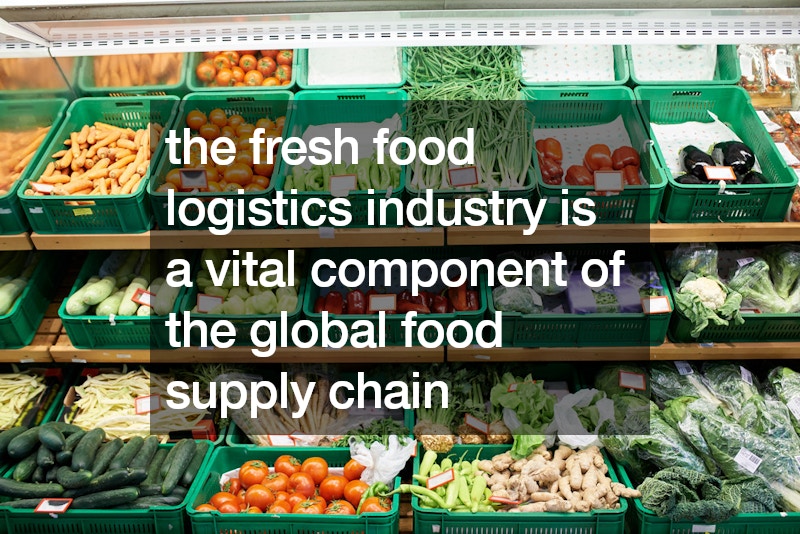The fresh food logistics industry plays a crucial role in ensuring that perishable products, such as fruits, vegetables, dairy, and meat, reach consumers in optimal condition. This complex network involves various stages, from harvesting and storage to transportation and delivery, requiring meticulous coordination and advanced technology.
Key Components of Fresh Food Logistics
One of the primary aspects of fresh food logistics is maintaining the cold chain, which help preserve and ensure the quality and safety of perishable goods. From the moment fresh produce is harvested, it must be kept at specific temperatures to prevent spoilage and extend shelf life.
This involves specialized refrigeration equipment and insulated packaging to protect the products during transport.
Technological Advancements
Technology plays a pivotal role in the fresh food logistics industry. Real-time monitoring systems allow for the continuous tracking of temperature, humidity, and other critical factors throughout the supply chain. These systems ensure that any deviations are immediately detected and corrected, minimizing the risk of spoilage. Additionally, sophisticated route planning software helps optimize delivery schedules, reducing transit times and ensuring that fresh food reaches its destination quickly and efficiently.
Challenges and Solutions
The fresh food logistics industry faces several challenges, including regulatory compliance, high operational costs, and the need for sustainable practices. Adhering to food safety regulations is paramount, requiring stringent documentation and frequent inspections. To address cost concerns, companies often invest in energy-efficient refrigeration systems and explore alternative packaging materials that are both effective and environmentally friendly.
Sustainability is another significant focus within the industry. Reducing carbon emissions through efficient transportation routes and adopting eco-friendly packaging solutions are essential steps towards a more sustainable fresh food logistics system. Companies are increasingly aware of their environmental impact and are actively seeking ways to minimize their footprint while maintaining high standards of food safety and quality.
Conclusion
In conclusion, the fresh food logistics industry is a vital component of the global food supply chain, ensuring that perishable products are delivered to consumers in the best possible condition. Through advanced technology, meticulous planning, and a focus on sustainability, the industry continues to evolve and meet the growing demands of a health-conscious and environmentally aware population.
.



